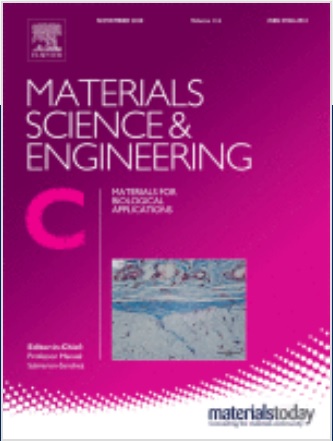The plethora of emerging two-dimensional (2D) materials exhibit wide potential application in novel technologies and advanced devices. However, their stability in environmental conditions could be an issue, affecting their application possibilities and posing health risks. Moreover, their decomposed leftovers can also induce a negative influence on human health. In particular, transition metal carbides commonly referred to as MXenes are susceptible to environmental oxidation being decomposed toward transition metal oxides and carbide-derived carbon. In this study we focused on the oxidation-state-related in vitro cytotoxicity of delaminated V2CTz onto immortalized keratinocytes (HaCaT) and malignant melanoma (A375) human cell lines. Due to the fact, that the V2CTx MXenes are least stable from all known obtained MXenes up to date, the vanadium ones were a practical choice to visualize the oxidation-cytotoxic correlation keeping the standards of 24–48 h of cell culturing. We found that the oxidation of V2CTz highly increases their cytotoxicity toward human cells, which is also time and dose dependent. The identified mode of action relates to the cell cycle as well as cellular membrane disintegration through direct physicochemical interactions.

